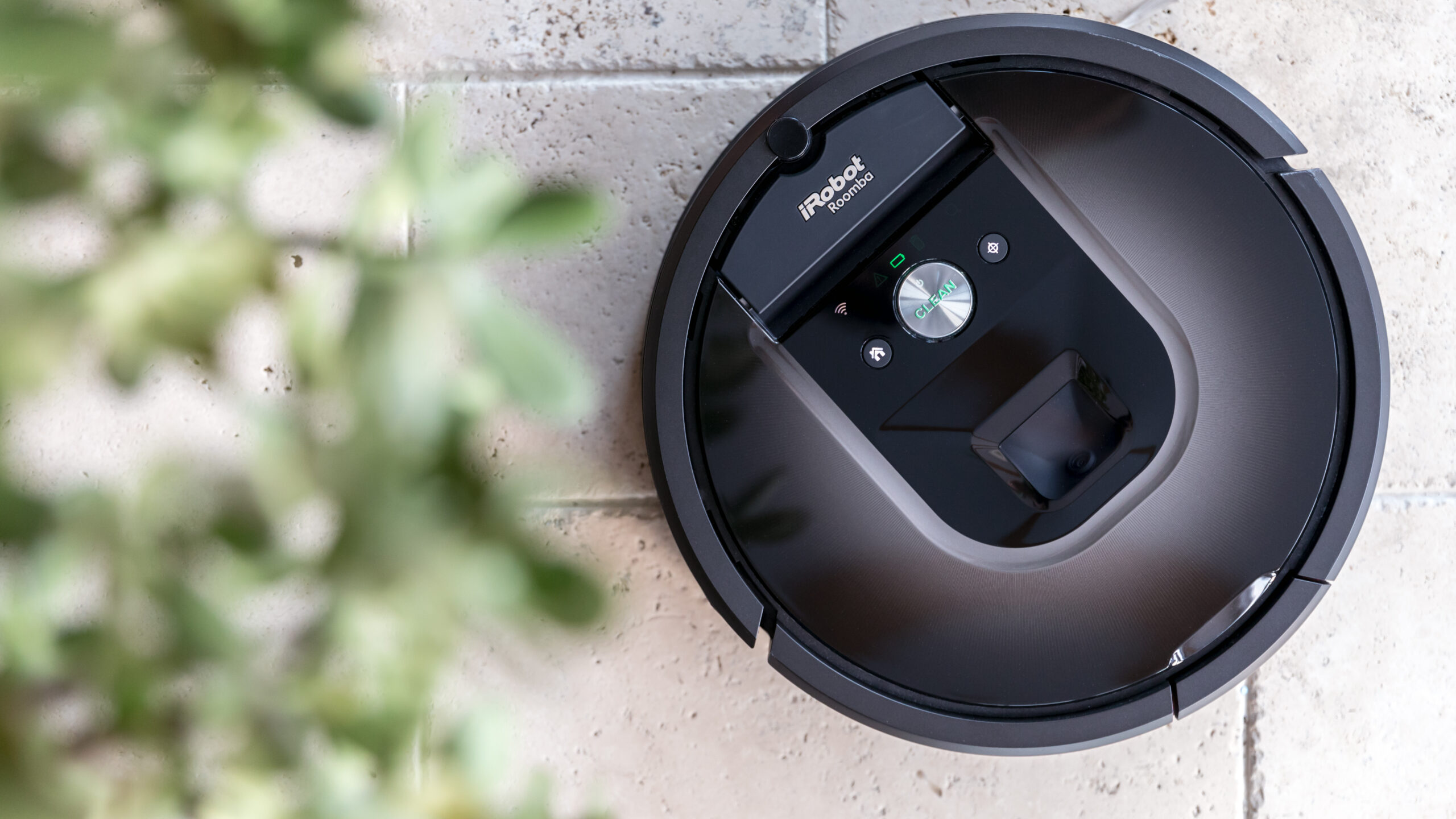

This article is part of our exclusive IEEE Journal Watch series in partnership with IEEE Xplore.
The useful niche that quadrupedal robots seem to have found for themselves, at least for the moment, is infrastructure inspection. They’ve had a mild to moderate amount of success monitoring industrial sites, tracking construction progress, and things of that nature. Which is great! But when you look at what humans have historically relied on quadrupeds for, there’s a little bit of situational awareness (in the form of security), but the majority of what these animals have done for us is manual labor.
In a paper published last month in IEEE Robotics and Automation Letters, roboticists from the Robotic Systems Lab at ETH Zurich are aiming to address the fact that “legged robots are still too weak, slow, inefficient, or fragile to take over tasks that involve heavy payloads.” Their new robot that is none of these things is Barry, which can efficiently carry up to 90 kilograms so that you don’t have to.
If you go back far enough, a bunch of the initial funding for quadrupedal robots that enabled the commercial platforms that are available today was tied into the idea of robotic pack animals. Boston Dynamics’ BigDog and LS3 were explicitly designed to haul heavy loads (up to 200 kg) across rough terrain for the U.S. Military. This kind of application may be obvious, but the hardware requirements are challenging. Boston Dynamics’ large quadrupeds were all driven by hydraulics, which depended on the power density of gasoline to function, and ultimately they were too complex and noisy for the military to adopt. The current generation of quadruped robots, like Spot and ANYmal, have a payload of between 10 and 15 kg.
Barry manages to carry 50 percent of the payload of LS3 in a much smaller, more efficient, and quieter form factor. It’s essentially a customized ANYmal, using unique high-efficiency electric actuators rather than hydraulics. The robot itself weighs 48 kg, and can handle unmodeled 90 kg payloads, meaning that Barry doesn’t have to know the size, weight, or mass distribution of what it’s carrying. It’s a key capability, because it makes Barry’s payload capacity actually useful, as the paper’s first author Giorgio Valsecchi explains: “When we use a wheelbarrow, we don’t have to change any settings on it, regardless of what we load it with—any manual adjustment is a bottleneck in usability. Why should a ‘smart’ robot be any different?” This is really what makes Barry’s payload capacity actually real-world useful, and also means that if you want to, you can even ride it.
Barry: A High-Payload and Agile Quadruped Robot youtu.be
Barry’s heroic payload is enabled by its custom actuators. While the standard approach for developing powered robotic joints involves choosing the smallest motor capable of producing the required peak power, Barry focuses on motor efficiency instead. “It turns out that the ideal solution is to have the biggest possible motor,” Valsecchi says. “It is a bit counterintuitive, but bigger motors are more efficient, they consume less energy when performing the same task. This results in a robot with more payload capabilities and a lower cost of transport.” Barry is actually quite efficient: with a cost of transport of just 0.7, it can operate with a payload for over two hours and travel nearly 10 km.
The commercial potential for a robot like Barry is obvious, and Valsecchi is already thinking about several use cases: “carrying raw materials on construction sites to prevent injuries and increase productivity, carrying equipment in search and rescue operations to free up rescuers from excessive loads… The same technology could be used to design a walking wheelchair, and we actually got some requests for this specific use case. Once we started showing the robot with a big box on top, people realized a lot of things could be done.”
At the moment, Barry doesn’t yet have much in the way of perception, so giving the robot the ability to intelligently navigate around obstacles and over complex terrain is one of the things that the researchers will be working on next. They’re also starting to think about potential commercial applications, and it certainly seems like there’s a market for a robot like this—heck, I’d buy one.
 The preserved 200 year old body of the original Barry.Photo via Wikipedia by PraktikantinNMBE and reproduced under CC BY-SA 4.0.
The preserved 200 year old body of the original Barry.Photo via Wikipedia by PraktikantinNMBE and reproduced under CC BY-SA 4.0.
Barry, by the way, is named after a legendary St. Bernard who saved the lives of more than 40 people in the Swiss Alps in the early 1800s, including by carrying them to safety on his back. “Being able to ride the robot was one of our ambitions,” Valsecchi tells us. “When we managed to accomplish that I thought we did well enough to tribute the original Barry by using his name, to convey our vision of what robots could become.” Barry the dog died in 1814 (apparently stabbed by someone he was trying to rescue who thought he was a wolf), but his preserved body is on display at the Natural History Museum in Bern.
Barry: A High-Payload and Agile Quadruped Robot, by Giorgio Valsecchi, Nikita Rudin, Lennart Nachtigall, Konrad Mayer, Fabian Tischhauser, and Marco Hutter from ETH Zurich, is published in IEEE Robotics and Automation Letters.
Reference: https://ift.tt/df8yNQt
No comments:
Post a Comment